It’s time for some cranberry, pumpkin, apples, and everything spiced! Sweater season is here which means we’re hungrier than ever. Want to know what food to cook this Fall? Keep on reading!
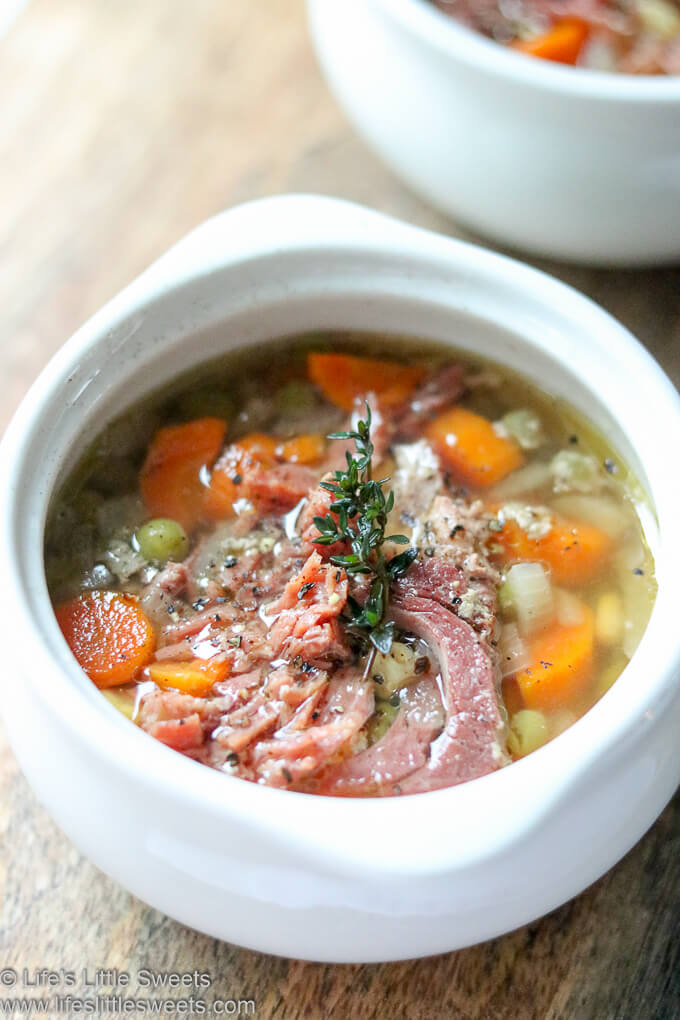
Omnivore loving vegan, gluten-free & beverage recipes

Fall Food Lists Recipes By Season
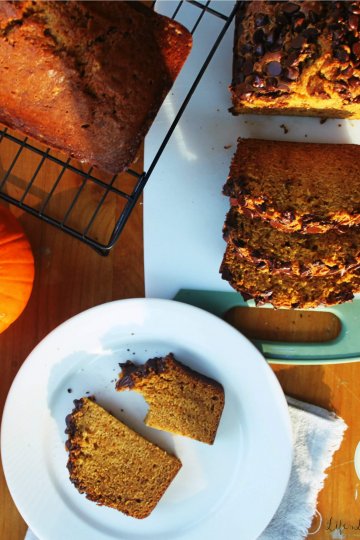
Any Season April August breads brunch recipes December Desserts Entertaining Fall February Food January July June March May November October Recipes Recipes by Diet Lifestyle Recipes By Month Recipes By Season September Spring Summer Sweet Vegetarian Recipes Winter
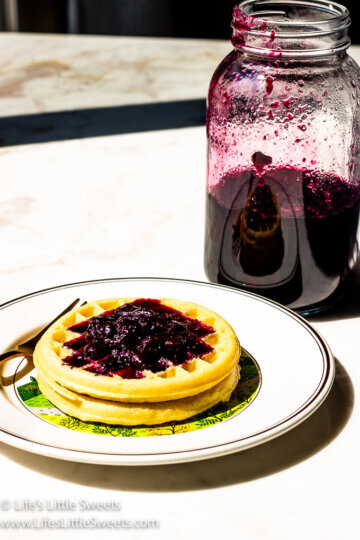
Any Season April August December Events Fall February Food January July June March May Northeast November October Recipes by Diet Lifestyle Recipes By Month Recipes By Season September Spring Summer Summer Solstice Sweet toppings USA Region Vegetarian Recipes Winter

Desserts Food July June Popular Recipes Recipes Recipes by Diet Lifestyle Recipes By Month Recipes By Season Summer Sweet Vegetarian Recipes
Life’s Little Sweets celebrates seasonal cooking and local food pathways. Find inspiration from farms, CSAs, and home gardens with recipes that highlight fresh ingredients, community, and the joy of cooking through the seasons. Continue Reading

It’s time for some cranberry, pumpkin, apples, and everything spiced! Sweater season is here which means we’re hungrier than ever. Want to know what food to cook this Fall? Keep on reading!
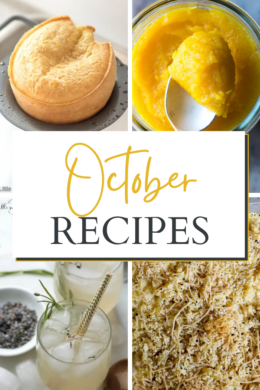
October means fall is upon us. This might be the season that you’re craving for some warm pies, pumpkin bread, and cold drinks — like wine for example. Or simply just some coffee or tea for those who don’t want to go in the alcoholic route.

Are you looking for some refreshing drink to beat out the hot summer heat or do you just want to try a few new dishes on the grill for July?

Here are 10 4th of July Recipes! We got you covered from savory family style main dishes, sides to sweet dessert options. *This post was originally published on 7/2/2018 and updated 6/23/2019 Hello Everyone! Independence Day, better known as 4th of July is upon us, so what are you making for this classic American holiday?...
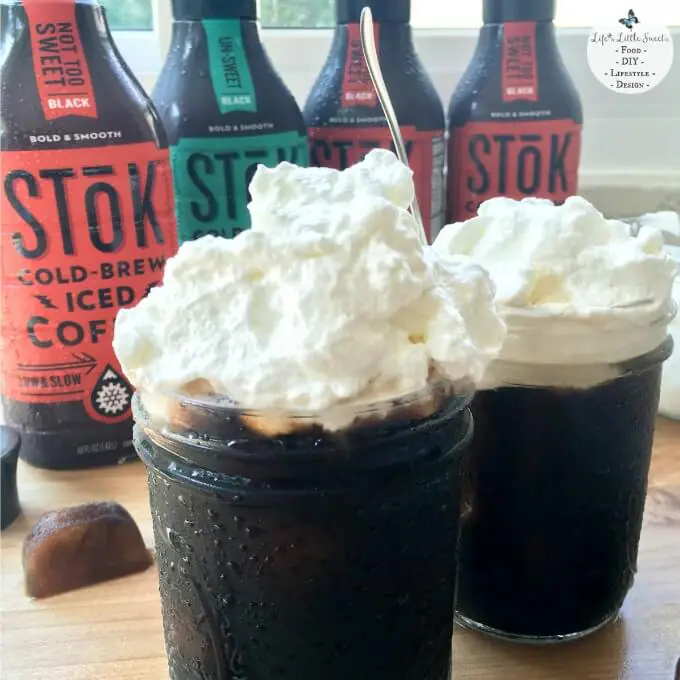




This post may contain affiliate links. Please read my disclosure policy
Estimated reading time: 4 minutes
Unlock the culinary potential of pectin with our comprehensive guide. Discover the history, uses, and storage tips, plus a collection of mouthwatering recipes.
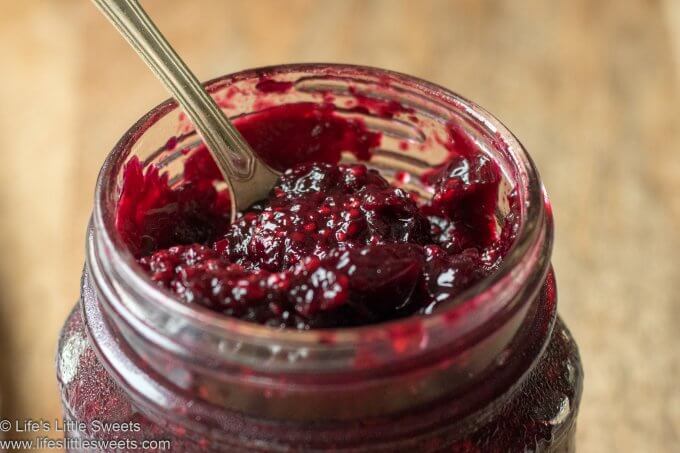
We're diving into the fascinating world of pectin. Whether you're a seasoned culinary pro or just dipping your toes into the world of homemade jams and jellies, pectin is a term that may have crossed your path. But what exactly is pectin, and why is it such a crucial component in our kitchens? Join me as we explore the history of pectin, its various uses, how to properly incorporate it into your recipes, and how to store it for long-lasting freshness.
Pectin is a natural substance found in various fruits, primarily in their peels and cores. This miraculous compound has been used for centuries, dating back to the ancient Egyptians and Romans, who harnessed its gelling properties to create preserves and jellies. However, it wasn't until the 19th century that pectin was isolated and identified as the primary agent responsible for the thickening and gelling of fruit-based products.
Pectin is a culinary superstar, enabling you to create delightful jams, jellies, and fruit preserves. Its gelling properties make it a must-have ingredient for setting the perfect texture in your homemade jams. Additionally, it can be used to thicken sauces, add body to desserts, and even make your pie fillings lusciously rich and jammy.
Incorporating pectin into your recipes is relatively simple. You can find it in powdered or liquid form, and each type may require slightly different techniques. Here's a basic guide:

Here's an affiliate link (opens in a new window, or click on the image above) to fruit pectin on Amazon.com
Pectin typically comes with a best-by date, so be sure to check the packaging for this information. For unopened pectin, store it in a cool, dry place away from direct sunlight. Once you've opened the package, make sure to reseal it tightly to prevent moisture from getting in. You can extend the shelf life of opened pectin by transferring it to an airtight container.
Now, for the exciting part! I've curated a list of delectable recipes that showcase the magic of pectin. Click on the links below to find the full recipes:
Pectin is an unsung hero of the culinary world and plays a crucial role in making your homemade jams and jellies reach the perfect consistency. Its rich history, versatile uses, and easy storage methods make it a must-have ingredient for any home cook. So, whether you're preserving the flavors of summer or experimenting with new fruit concoctions, pectin is your secret weapon in the kitchen. Thanks for stopping by Life's Little Sweets, and happy cooking!
This site uses Akismet to reduce spam. Learn how your comment data is processed.
Leave a Reply
You must be logged in to post a comment.